It wasn't that it happened in the United States, although that was bad enough.
It was the fact that it happened at Indianapolis Motor Speedway, a place as ingrained in US sporting culture as Wimbledon is in Britain, or the Melbourne Cricket Ground is in Australia.
In other words, to desecrate such hallowed ground was sacrilege, and it shredded F1's image in the US it had long tried to crack.
It started on the Friday.
The 2005 United States Grand Prix was the ninth round of the season, with Kimi Raikkonen winning the week before in Canada to reduce Fernando Alonso's championship lead by 10 points after a DNF for the Renault driver.
In the early 2000s, F1 enjoyed a tyre war between Bridgestone and Michelin, with a change in fortunes taking place in 2005. New rules were introduced meaning a single set of tyres had to complete qualifying and the race, something Michelin was well prepared for, as Bridgestone suffered and Michael Schumacher, who had won the previous five drivers' titles, became an irrelevance.
Schumacher's younger brother, Ralf was central to the story which was about to unfold.
During practice, the Toyota driver crashed heavily at the final banked Turn 13, apparently suffering a tyre failure. Unusual, but certainly nothing to cause alarms.
Friday driver Riccardo Zonta had also spun off earlier in the day with a left-rear tyre failure, as Michelin launched into emergency mode.
The article continues below.
2005 United States Grand Prix
As Michelin began its investigations, a new batch of tyres was flown over from France, but testing proved that these new tyres had the exact same problem as the batch which had failed for Toyota.
This was a big problem. Effectively, Michelin could not guarantee the safety of its tyres for more than 10 laps, and with 14 of the 20 cars running French rubber, the situation was pas bon.
Taking their concerns to the FIA's race director Charlie Whiting, Michelin was basically told it had failed to bring appropriate equipment to the grand prix and that no changes to the track, such as the chicane in Turn 13 would be added. Whiting's reasoning was that this new layout had not been homologated by the FIA, and that any track changes would see a non-championship race held.
As for Bridgestone, led by Ferrari boss Jean Todt, the response was a firm: 'Nothing to do with us, guv. It's your problem.'
And so began negotiations to try and find a solution on race day morning.
There was talk of Michelin runners using the pit lane every lap instead of the banked Turn 13, or making pit-stops every 10 laps to reduce the stress and loads on the tyres through the only banked corner on the entire F1 calendar.
The article continues below.
What actually happened?
Put simply, it was the ultimate game of chequemate.
Michelin could not guarantee the safety of its tyres, and under Indiana state law, its seven teams would have been in serious trouble had they raced and an incident occurred knowing it had a problem.
But the FIA was not willing, or able, to make changes to accommodate Michelin, with the 14 Michelin runners ultimately pulling off into retirement after the formation lap, leaving just the six Bridgestone runners.
The problem was that F1's Turn 13, the oval's Turn 1, had been resurfaced with diamond cutting equipment to aid draining, but was causing increased tyre wear and placing too much stress on Michelin's compounds.
Thankfully, as the reduced field pulled away, the Ferraris of Schumacher and Rubens Barrichello did not run into each other and scored an easy one-two, with Tiago Montiero taking his only F1 podium in third for Jordan.
But the crowd at IMS had long since departed. Some remained to see these pesky Europeans stink the place out, but by 2007, F1 and the Brickyard were no more, and staggeringly, there was no United States Grand Prix between 2008-2012.
After bouncing around Sebring, Riverside, Watkins Glen, Phoenix, Dallas, Detroit, the car park of Caesars Palace, and Long Beach, F1 could finally put down roots in the US with the first-ever purpose-built F1 track in the country: The Circuit of the Americas in Austin, Texas.
This 'base' and the booming popularity of F1 have seen its some of its reputation restored in the United States, as evidenced by the fact it is the only country on the 2025 calendar with three grands prix: Austin, Miami and Las Vegas.
20 years on from the race F1 would rather have forgotten, it is arguable the current renaissance of grand prix racing stateside would not have happened without the events of the 2005 United States Grand Prix.
Also interesting:
Join RacingNews365's Ian Parkes, Sam Coop and Nick Golding, as they dissect a controversial Canadian Grand Prix. Red Bull's rejected protest against George Russell's victory and the shock intra-team crash between Lando Norris and Oscar Piastri are main talking points.
Rather watch the podcast? Then click here!
Most read
In this article
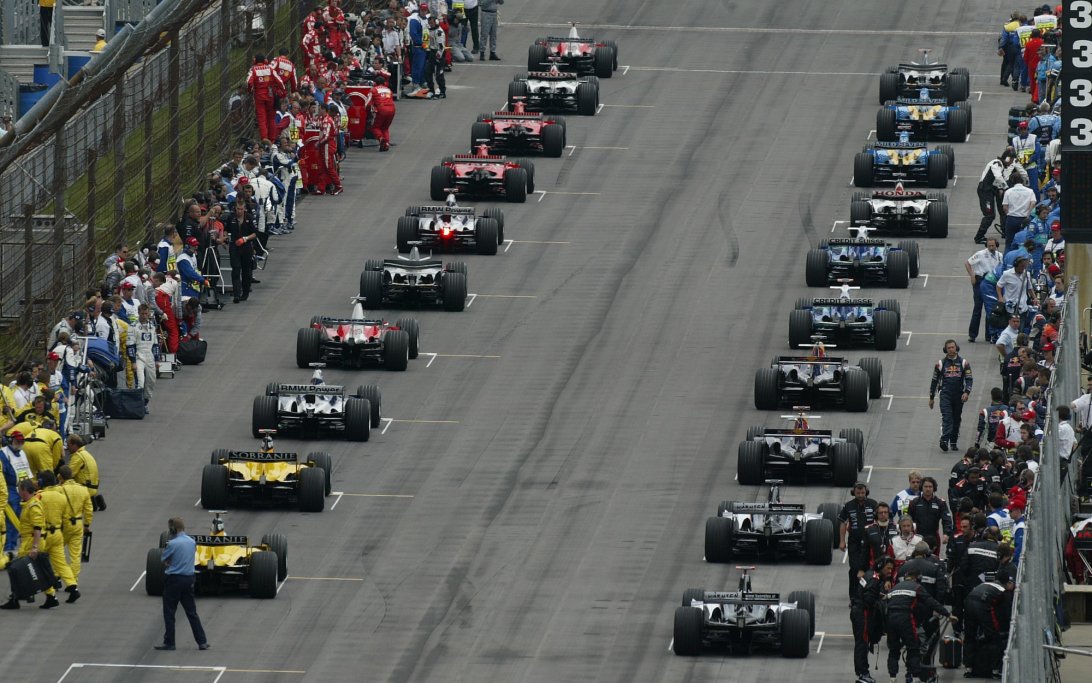


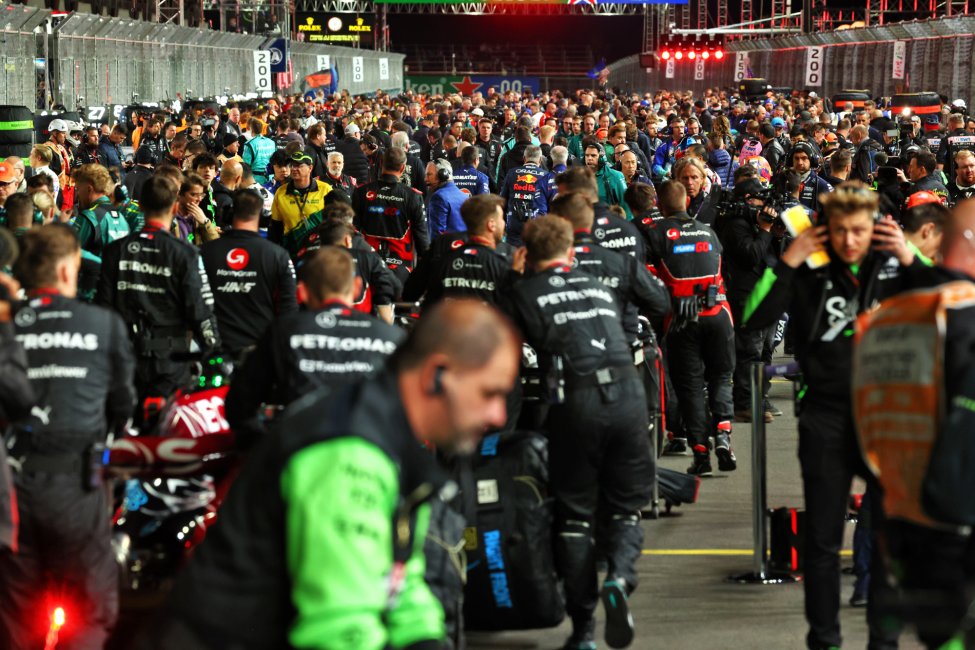


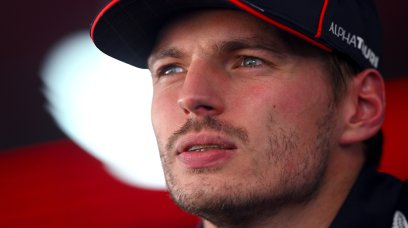

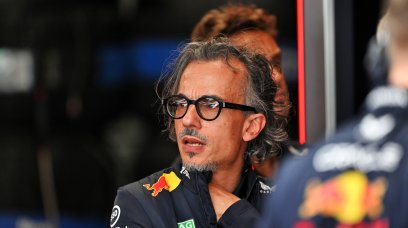
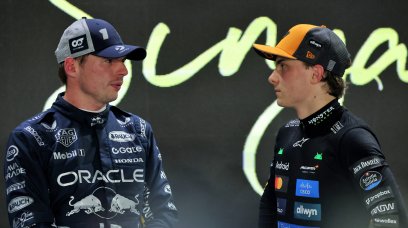
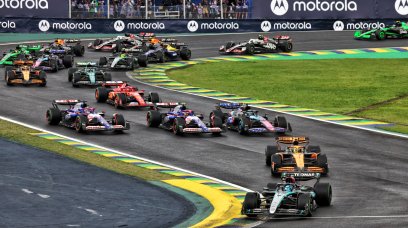
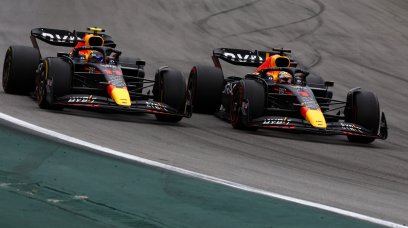
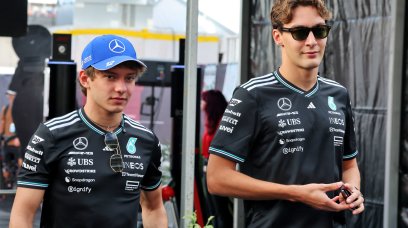













Join the conversation!